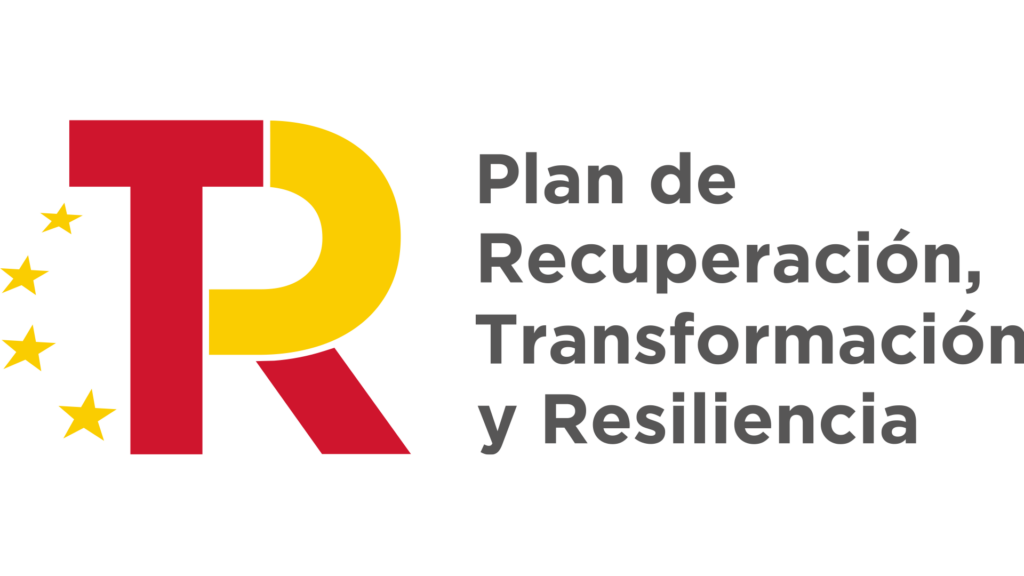What is a rod, elevation or remontado in vineyard?
Hello!Do you know what a rod, elevation or remontado is in vineyard? Why is this method used in pruning? What needs to be taken into account so that it does not affect any fundamental part of the strain?

This is a curiosity that only affects the top vines, which have been planted throughout their lives in this area of Montilla-Moriles until the arrival of the new trellis.
Throughout this article I will try to answer the questions I asked at the beginning, but if you have anything to contribute or any disagreement about it, I encourage you to leave a comment at the end of it.
What is a rod, raised or raised?
A rod, elevation or arremontado is simply a branch of the vine that is cut, leaving a greater space from the beginning of the branch until its cut.
This is done when the vineyard or vine is pruned (if you do not know what pruning is and why it is done, click on this complete article), the normal thing for a branch that serves as a thumb is that it only has two buds.
This work can be done from November/December to January/February and always depending on the weather conditions and the state of the plant.
By leaving the shoot longer, it is also possible to leave a greater number of buds, although it does not have to be, since they can be shaved off to prevent those that do not interest us from being born and promote that vigor in the one that is our objective. (I also recommend this article if you don’t know what it means to break buds on the vine).
Why is this method used in pruning?
Many people are reluctant to leave rods, rises or ridges on the vines because it has negative consequences on the vines, although I will discuss this in the next point.
There are two fundamental objectives to carry out this type of work in pruning the vine:
- Manage to provide the vine with a minimum distance from the ground. By this I mean that for various reasons (the most common being weather and landslides), the vine begins to become buried over time. One way to lift and provide the clusters with a minimum distance from the ground is to leave a rod, lifting or remounting the vine in question during pruning.
- Obtain greater production in the strain. Due to the large number of buds that are usually left on the rods, they always tend to bring several bunches of grapes, this is almost certain, which is why in many places this practice is used to temporarily increase production, with this I say no. It is advisable to respect the rod for more than a year.
What needs to be taken into account so that it does not affect any fundamental part of the strain?
The rod, raised or raised depending on what it is used for, must be left or positioned in specific spaces within the head of the strain.
If the objective is to raise the vine (hence the name elevation), the most appropriate thing is to leave one or two shoots distributed around the periphery of the head without being in the center, nor on the edge of a stream.
In the following image you can see a vine raised with a couple of rods with a certain age.

If the objective is a temporary increase in production, the ideal and recommended thing is that this rod, raised or lowered, is left as central as possible within the perimeter of the head of the vine.
In this way it is ensured that the rod does not affect any specific current and ends up damaging it.
In the following image you can see a successful example.

On the other hand, in the following image you can see what should not be done because this rod ends up affecting the current on which it is supported, which can end up drying out the main thumb.

I hope that the information I share with you is of interest to you and has resolved the doubts I raised at the beginning. As I told you before, I invite you to share your opinion through the comments. All the best!
By Rafael Espejo.
Bodegas La Aurora S.C.A.
Avda. de Europa, 7 Montilla Córdoba 14550
Tél: 957 650 362
Tél: 957 654 642
Email: administracion@bodegaslaaurora.com
Information





